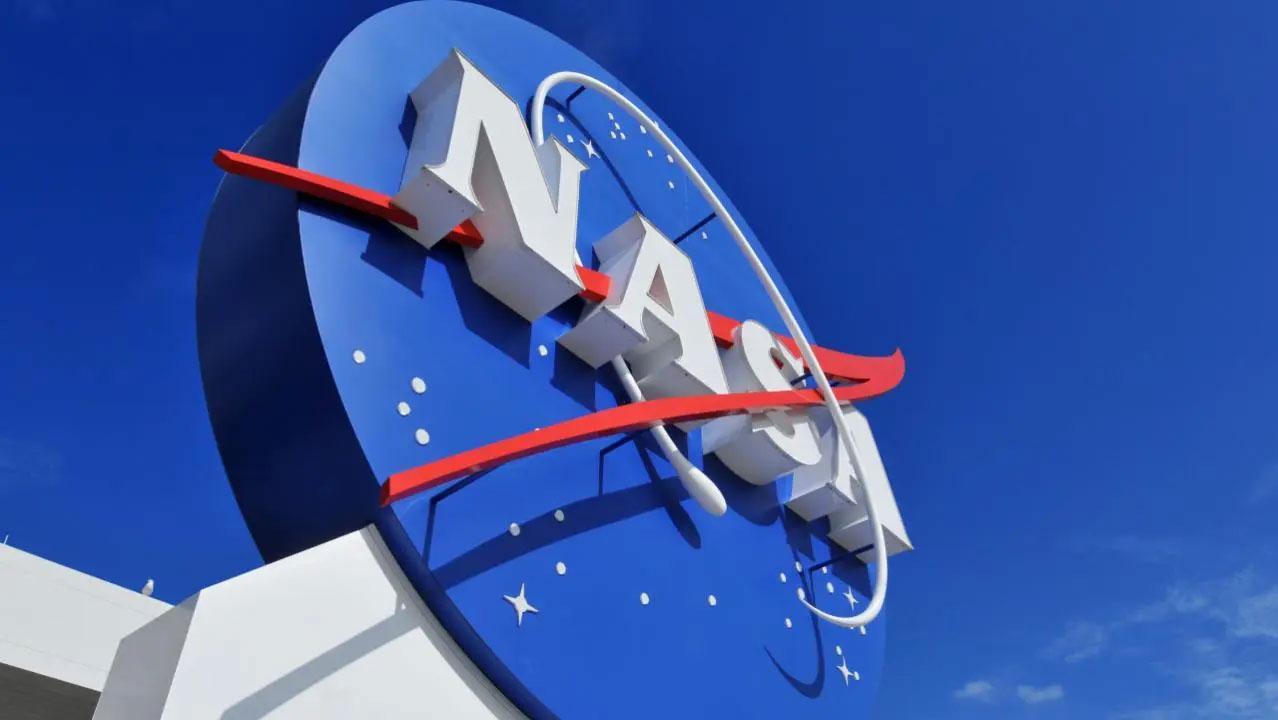The data from the study will help scientists understand which kinds of dust dominate each region and advance their understanding of dust's impact on climate and the Earth system today and in the future

Image for representational purpose only. Photo: istock
National Aeronautics and Space Administration (NASA) has announced the launch of a probe to analyse airborne mineral dust and see the kind of impact it might affect climate and environment.
Called the Earth Surface Mineral Dust Source Investigation (EMIT), the mission was on its way to the International Space Station (ISS), the US space agency said in a statement.
EMIT's state-of-the-art imaging spectrometer, developed by the agency's Jet Propulsion Laboratory in Southern California, will collect more than a billion dust-source-composition measurements around the globe over the course of a year.
The mission will identify the composition of mineral dust from Earth's arid regions.
Desert regions produce most of the mineral dust that makes its way into the atmosphere. They're also largely remote, making it difficult for scientists to collect soil and dust samples over these vast areas by hand, said NASA.
"EMIT is studying mineral dust because it's currently an unknown element," said Robert Green, EMIT's principal investigator and Jet Propulsion Laboratory senior research scientist. "Not just the magnitude of how much it heats or cools, but whether it heats or cools is uncertain."
EMIT will map the world's mineral dust source regions.
The data will help scientists understand which kinds of dust dominate each region and advance their understanding of dust's impact on climate and the Earth system today and in the future.
Right now, scientists don't know whether mineral dust has a cumulative heating or cooling effect on the planet.
"That's because dust particles in the atmosphere have different properties. For instance, some particles may be dark red, while others may be white," said NASA.
EMIT will provide a detailed picture of how much dust comes from dark versus light minerals.
In the absence of more specific data, scientists currently characterise mineral dust in climate models as yellow - a general average of dark and light.
Because of this, the effects that mineral dust may have on climate - and that climate may have on mineral dust are not well represented in computer models, the US space agency said.
Also Read: Limiting global warming by 1.5 degrees Celsius may help cut risks to humans up to 85 pct: Study
This story has been sourced from a third party syndicated feed, agencies. Mid-day accepts no responsibility or liability for its dependability, trustworthiness, reliability and data of the text. Mid-day management/mid-day.com reserves the sole right to alter, delete or remove (without notice) the content in its absolute discretion for any reason whatsoever.
 Subscribe today by clicking the link and stay updated with the latest news!" Click here!
Subscribe today by clicking the link and stay updated with the latest news!" Click here!










